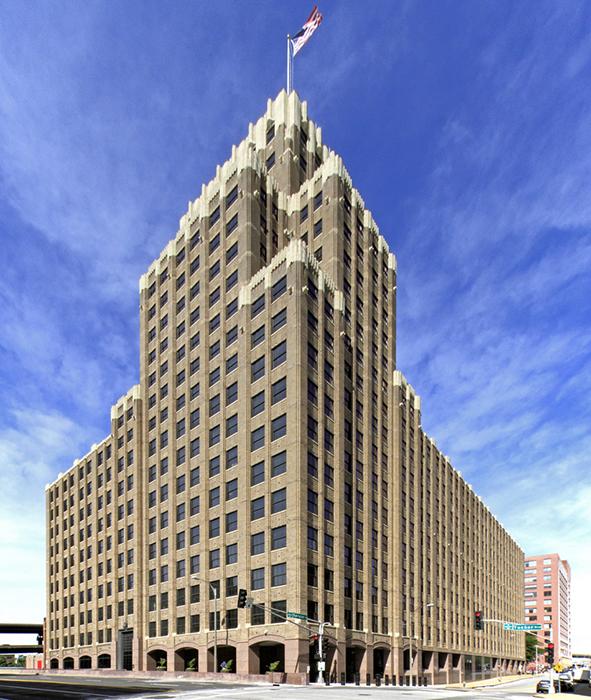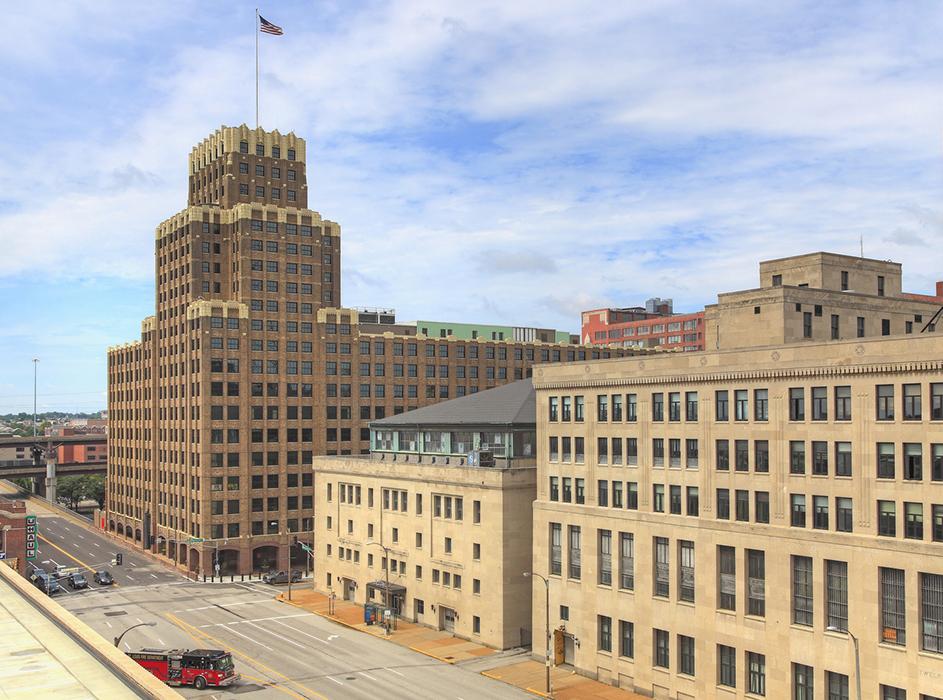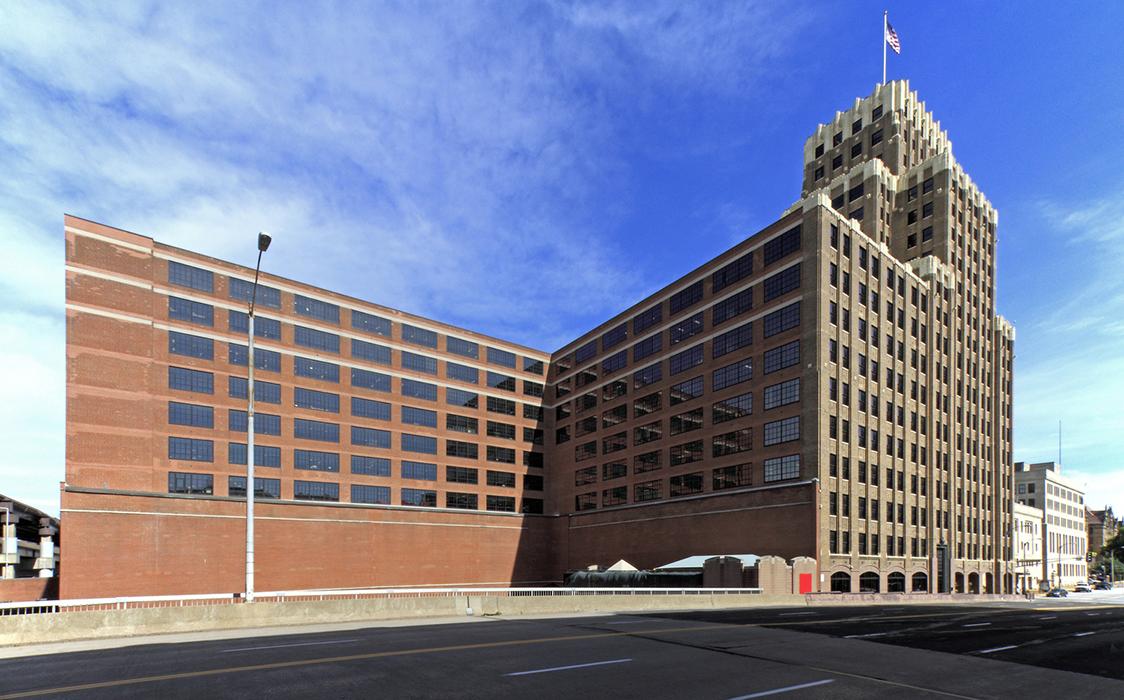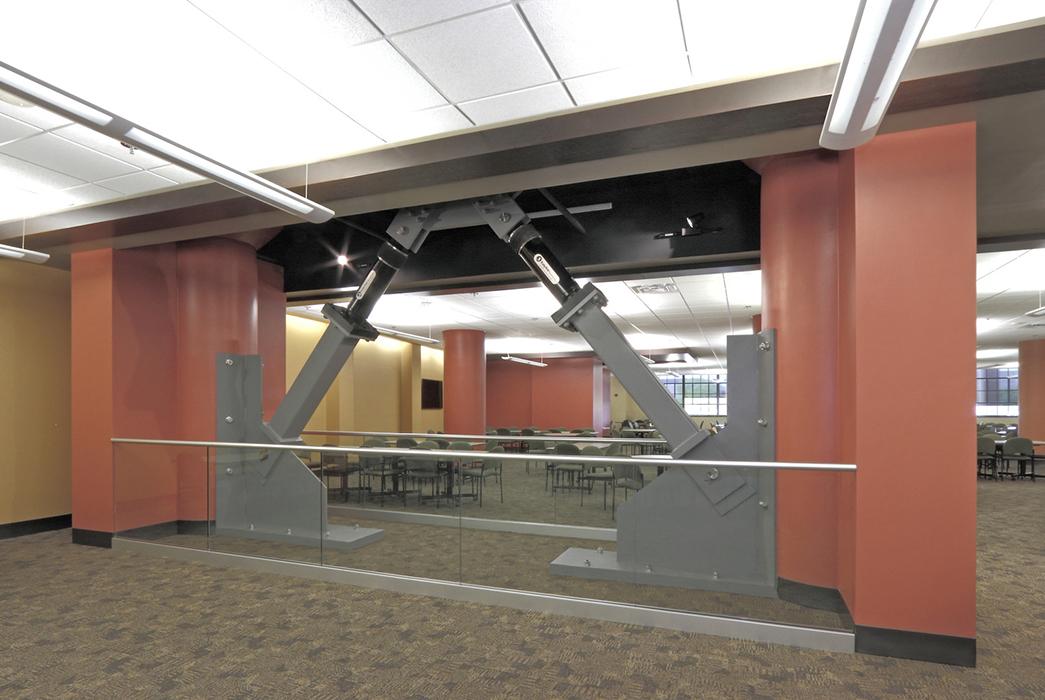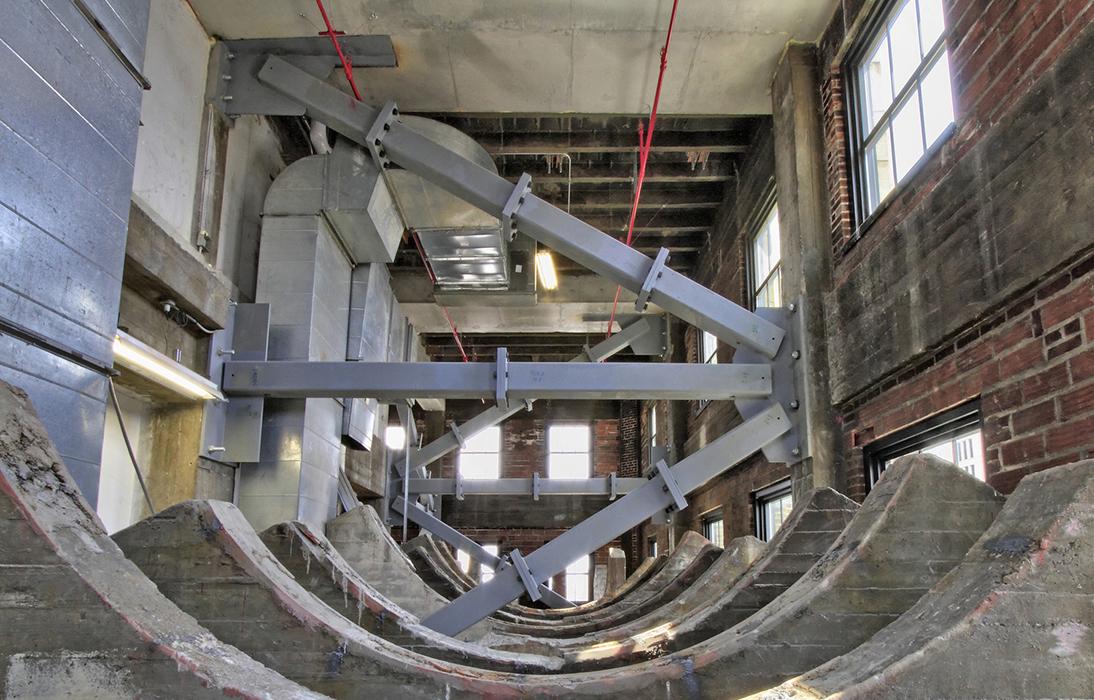
Robert A. Young Federal Building Seismic Retrofit
Performance-based seismic retrofit for a federal building housing 38 government agencies that required continuous daily operation during renovations.
overview
The Robert A. Young Federal Building, commonly referred to as the RAY building, was first constructed as the St. Louis Mart and Terminal Warehouse in 1933. Today the U.S. General Services Administration utilizes one million square feet as office space, housing 38 government agencies with 3,000 employees that operate daily out of the historic Art Deco building. As the largest office building in downtown St. Louis, its highly trafficked position within 150 miles of two major fault lines necessitated a close examination of its performance in case of a seismic event with a subsequent renovation to ensure its stability.
We provided structural design services to Gensler for the performance-based seismic retrofit, which was executed by a design-build team lead by McCarthy Building Companies. Our scope included the design of new structural and foundation elements, coordination with third-party reviewers during the design process and coordination with the design-build team for in-situ of the existing structure. With vital agencies such as the State Department housed in the building, it was necessary that daily operations continued during the renovation, avoiding the disruptions and costs of setting up temporary offices elsewhere.
highlights
- Several options were considered for the seismic retrofit, such as plate-steel shear walls, rigid brace frames and fluid viscous dampers.
- We employed finite element analysis to ensure the best design and to aid in the decision-making process. A full nonlinear model using Perform3D simulated earthquakes for nonlinear response history analysis on the proposed fluid viscous dampers, including analysis of modeled behavior past elastic limits. The resulting design far exceeds prescriptive code.
- The chosen method of 192 fluid viscous dampers installed in a chevron pattern on the bottom 10 floors created minimal disruption, requiring no concreting or wet application. The remaining top 10 floors were outfitted with rigid steel braces.










